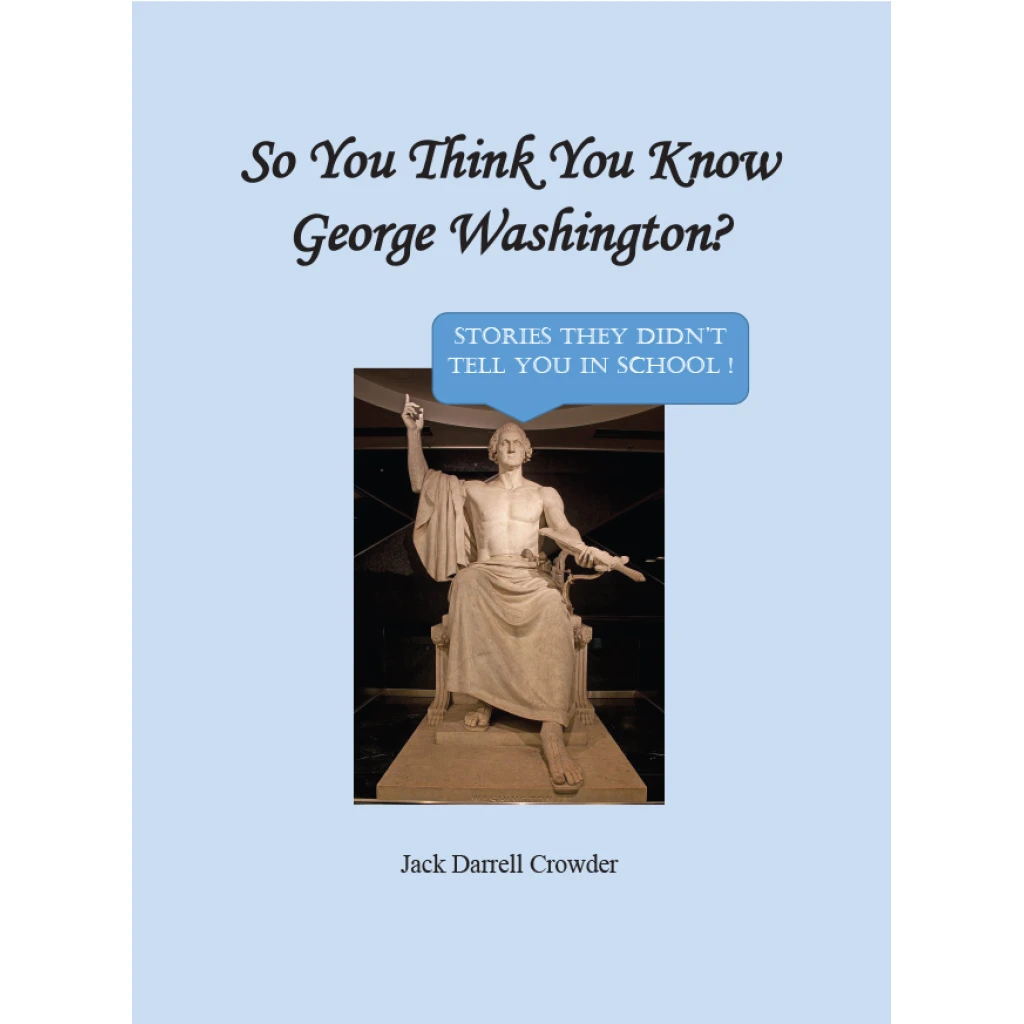What if family lore indicates two different dates for an ancestor's birth year? These two notes were handwritten by hubby's grandfather, Brice Larimer
McClure. One of his sisters-in-law was Minnie Estella
Steiner Halbedel, who died on this day in 1947, as shown in the note above (see blue line). Brice recorded Minnie's birth year as
1867 in that note.
Here's a second note, written at a different time by this same man, with Minnie's birth year recorded as
1868.
So which year is correct?
AI Record Finder says birth was in 1868
I asked MyHeritage's new AI Record Finder to locate church records for Minnie, providing her full name and birth place to get the process started. In response, I received several family tree records (from MyHeritage and FamilySearch), but no church records.
Then I asked: "Show me birth info to prove Minnie's birth in 1868." The AI's response: "The records confirm that Minnie Estella Halbedel (née Steiner) was born on May 1, 1868, in Ohio. Her parents are listed as Edward George Steiner and Elizabeth Jane Steiner (born Rinehart). These details substantiate her birth date and place for your genealogical inquiry."
Well, no. All that was shown were family trees asserting Minnie's birth year was 1868. No proof as such. Since no official birth records are available for the time and place of Minnie's birth, and church records from that time/place are scarce, how could I resolve the conflicting dates in family lore?
My research: census records, obit, death cert, gravestone
I looked at what Census data, obits, and the death cert said about Minnie's age at different points in her life, and also looked at her gravestone. I found out:
1870 US Census - Minnie was 3 years old (implied birth year 1867)
1880 US Census - Minnie was 13 years old (1867)
1910 US Census - Minnie was 42 years old (Census was taken weeks before Minnie's May birthday) (1867)
1920 US Census - Minnie was 52 years old (Census was taken weeks before Minnie's May birthday) (1867)
1930 US Census - Minnie was 63 (Census was taken weeks before Minnie's May birthday) (1866)
1940 US Census - Minnie was 73 (Census was taken weeks before Minnie's May birthday) (1866)
Obituaries: Two obits noted Minnie's age as 79 when she passed away (implied birth year 1868)
Death cert: Informant was Minnie's youngest sister, Floyda, who gave the birthday as May 1, 1868. The cert showed Minnie's age at death as 78 years, 8 months, 2 days (calculation agrees with birth year of 1868).
Gravestone: Birth year is shown as 1867. Not the same as the death cert!
1867 or 1868?
Ordinarily, I would put more weight on what a sibling says on a death cert than on what a Census says. The informant, a sister, should know her sister's birth year. She said on the cert that it was 1868. Yet the gravestone shows the birth year as 1867, so one of the sisters or more of them believed that was the correct year.
Contemporaneous Census records of 1870-1920 point to a birth year of 1867. I put considerable weight on earlier records like these since parents are likely to know when their children were born and what their ages are.
A bit murkier: IMHO both the 1930 and 1940 US Census enumeration answers were probably meant to suggest a birth year of 1867, with the assumption that Minnie's age was "approximately 63" in 1930 and "approximately 73" in 1940. In other words, even though Minnie's birthday was a few weeks later than the date of the Census, her age was recorded as though she had already celebrated her birthday. That's what I think, anyway.
My conclusion: Minnie was almost certainly born in 1867. The detailed note about family lore most likely had the correct birth year, 1867; the briefer note about sibling birth years was most likely incorrect in asserting 1868.
Given the scant info available to MyHeritage's AI Record Finder, I understand why it told me the birth year was 1868. Yet the AI seemed so certain! Not me. I thought it was worth digging deeper. Then again, these are my husband's ancestors.
"Family lore" is the first #52Ancestors genealogy challenge of 2024 from Amy Johnson Crow.


















